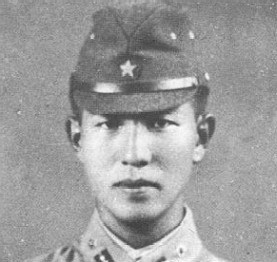
Figure 1 – Hiroo Onoda in 1944 as a young Imperial Japanese officer. Image from the Wikipedia, originally taken by the governement of Japan and in the public domain.
We have been talking at length about photography and time travel. First, we discussed how photography gives us a glimpse into the lives of people from the past and how they almost seem to know that we are watching them. Then we discussed how a set of snapshots of the same person from different points in their lives all laid out on a table unsticks that person in time, just like Kurt Vonnegut‘s “Billy Pilgrim.” Then we considered people who voluntarily time warp themselves. All are favorite subjects for photographers: people who like the Amish or Hasidim prefer to live in isolated communities framed in anachronistic settings, or for that matter Revolutionary and Civil War reenactors and Renaissance Fare People. And yes we have the Up Helly Aa Vikings as well!
Well, today I’d like to tell the story of Hiroo Onoda who died on January 17th at age 91. Onoda was a Japanese soldier who spent 29 years “time-warped” in the Philippine jungle, refusing to believe that World War II had ended. In 1944, Onoda was sent to the island of Lubang to spy on U.S. troops on the island. For 29 years, he and a few companions survived by collecting food from the jungle or stealing it from local farmers. It wasn’t until 1974 after all his companions had died was Onoda finally persuaded to come out from hiding. But before he would do so his commanding officer had to travel to Lubang and release him from the orders he had given Onoda nearly three decades before.
This story of involuntary time-warp is reminiscent of so many old Twilight Zone episodes that still haunt my dreams. The big issue, I suppose, is whether such people are truly involuntarily time-warped, or is it more a failure to accept reality and the truth. We have to ask whether it isn’t just denial in the extreme. Is there truly honor in slavish adherence to a superiors command against all reason? I really don’t have an answer to these questions, but I do know that the answer certainly lies in The Twilight Zone.
